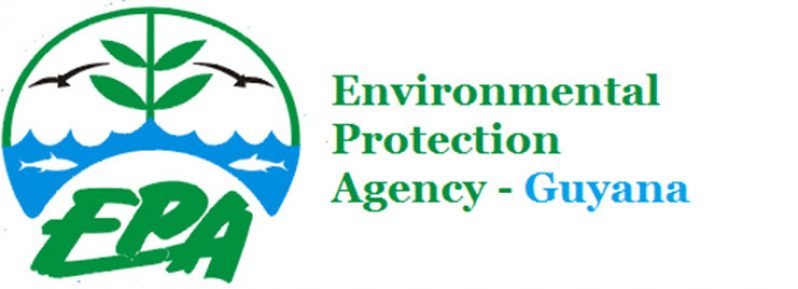WORLD Health Day 2019 focuses on Universal Health Coverage (UHC), the medical services provided by health facilities, and the way to obtain them. Universal health coverage is about ensuring that all people and communities have access to quality health services where and when they need them, without suffering financial hardship. It includes the full spectrum of services needed throughout life—from health promotion to prevention, treatment, rehabilitation, and palliative care—and is best based on a strong primary health care system.
One of our main roles at the EPA is to ensure that the public is fully considered when assessing the impact of developmental projects and activities carried out in the environment. This is important, since human health and the environment are integrally interrelated.
Environmental factors influencing the spread of communicable diseases
A number of environmental factors influence the spread of communicable diseases that are prone to cause epidemics.
A lack of safe water, inadequate excreta-disposal facilities, poor hygiene, poor living conditions and unsafe food can all cause and contribute to a number of diseases. Climate can affect disease transmission in a variety of ways. The distribution and population size of disease vectors can be heavily affected by local climate. Flooding after heavy rains can result in sewage overflow and widespread water contamination. In addition, there is some evidence to suggest that pathogens can be spread from one region to another along air streams or by the wind.
The depletion of important biodiversity species contributes indirectly to the spread and transmission of diseases. A number of animals are considered indicator species, such as butterflies, frogs, fish and some types of worms. The absence of these in a particular ecosystem indicates that something is not right—such as a change in temperature, water quality and air quality. Some other species help to control the spread of pathogens and disease through biological methods. Additionally, rapid expansion in cities due to urbanisation can also contribute to the spread and introduction of disease. Increased activities in traffic, construction, and even the human population can put pressure on resources.
HOW IS THE EPA WORKING TO PROTECT PUBLIC HEALTH?
The very mandate of the EPA is to ensure the effective protection and management of natural resources by controlling and monitoring pollution and by assessing the impacts of developmental activities on the environment. Specifically, a major part of our work programme aims to safeguard human and environmental health. This is achieved through:-
EDUCATION AND AWARENESS
The EPA works to develop and deliver a number of educational materials and programmes to raise awareness on the importance of good environmental practices at the household, community and country levels, to protect the environment and safeguard human health.
ENVIRONMENTAL AUTHORISATION
Through its authorisation process, the EPA ensures that business and different project activities that might have significant impacts on the environment are permitted in accordance with the Environmental Protection Act, Cap. 20:05. This is important, since these activities can have negative impacts on the environment and human health by reducing water, air and soil quality, destroying important biodiversity and releasing harmful gases and chemicals to contribute to climate change. Through this process, the EPA works closely with persons to ensure all possible impacts are identified and that measures are put in place to reduce, remedy and avoid negative impacts.
ENVIRONMENTAL COMPLIANCE AND ENFORCEMENT
In addition to ensuring that persons and businesses are authorised to carry out certain activities in the environment, checks are constantly being made by the EPA to ensure that persons are operating in accordance with what is required in their permits. We work along with relevant agencies to develop a number of standards, regulations and guidelines in the area of water quality, air quality and waste management, etc., to guide and support environmental users in accordance with the laws.
Happy World Health Day 2019!
You can share your ideas and questions by sending letters to: “Our Earth, Our Environment”, C/O ECEA Programme, Environmental Protection Agency, Ganges Street, Sophia, Georgetown, or email us at: eit.epaguyana@gmail.com or follow us on Facebook and Instagram.



.jpg)








